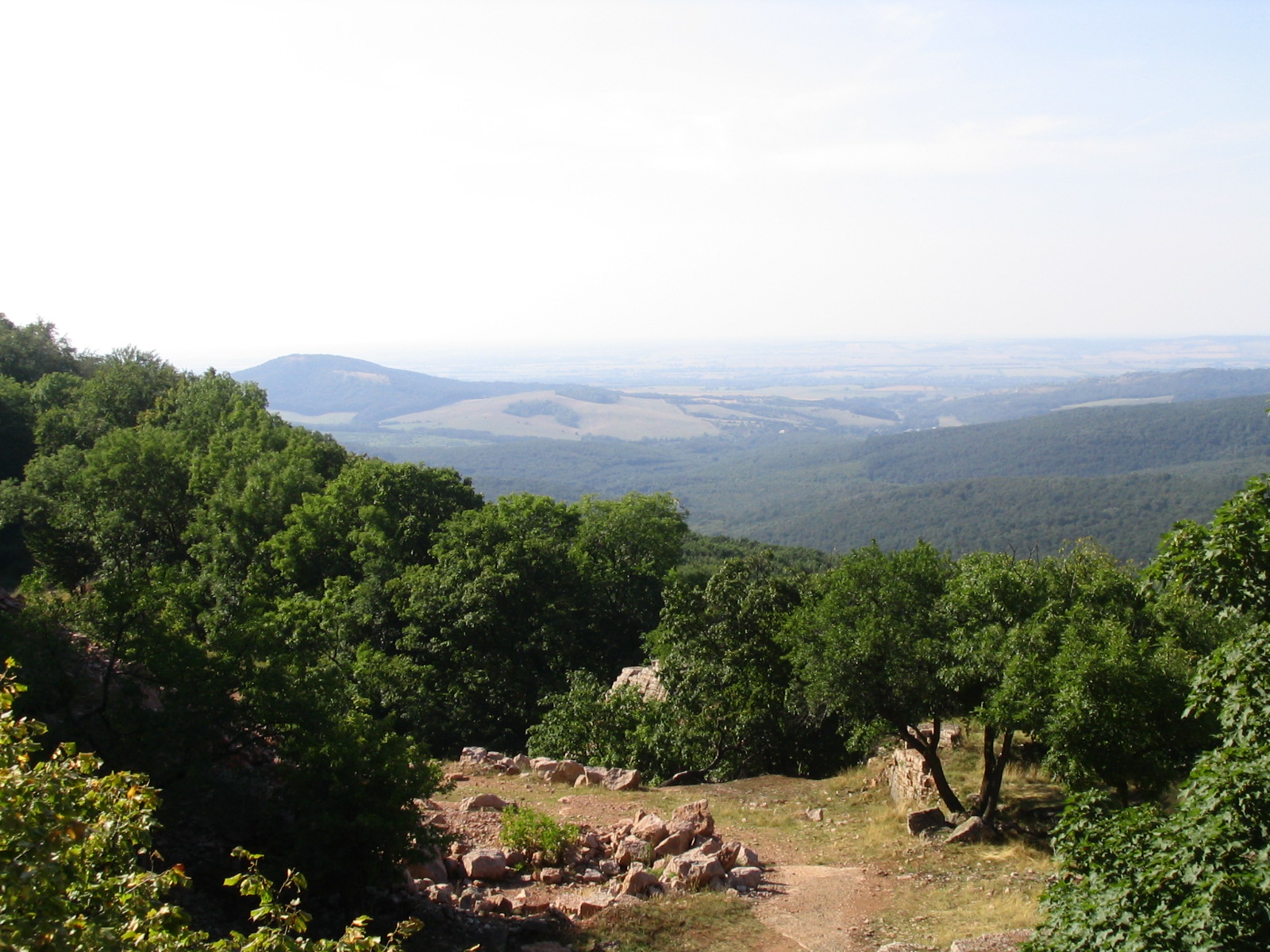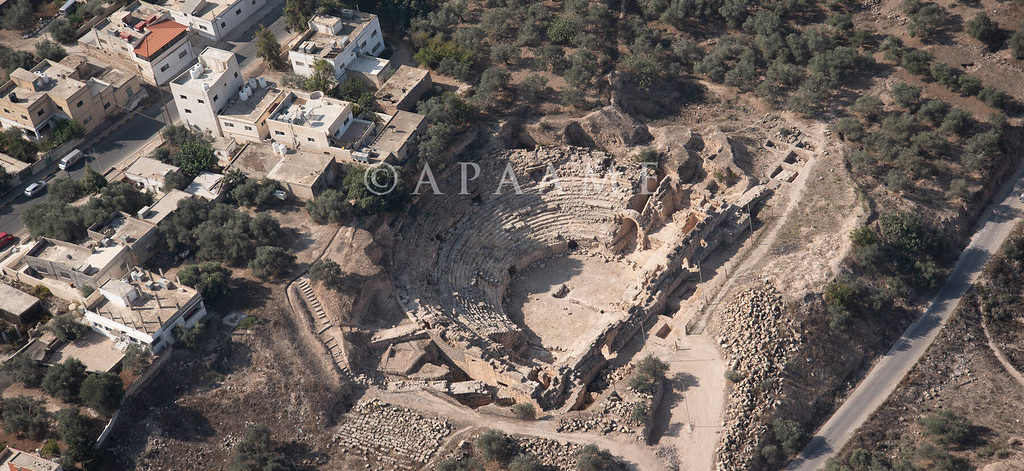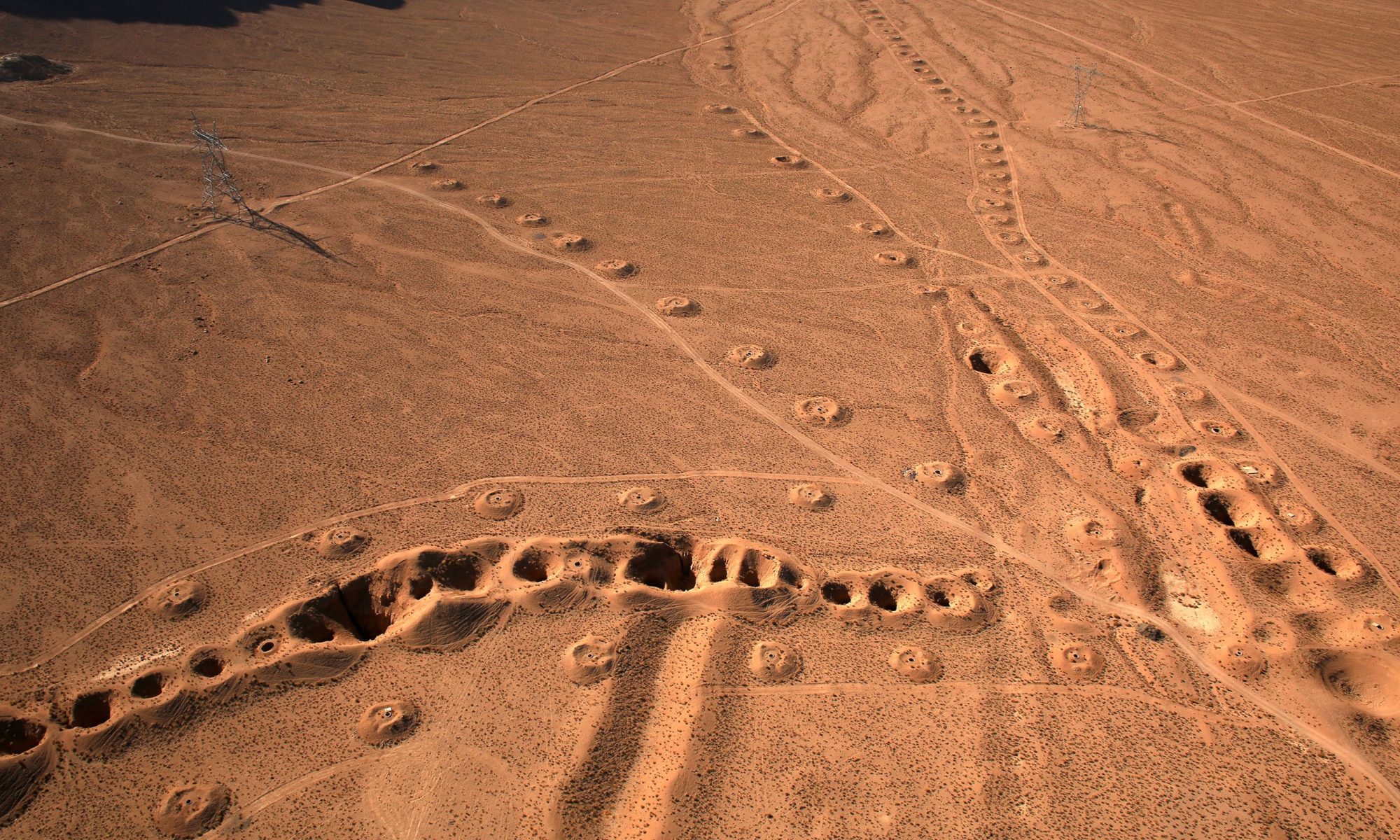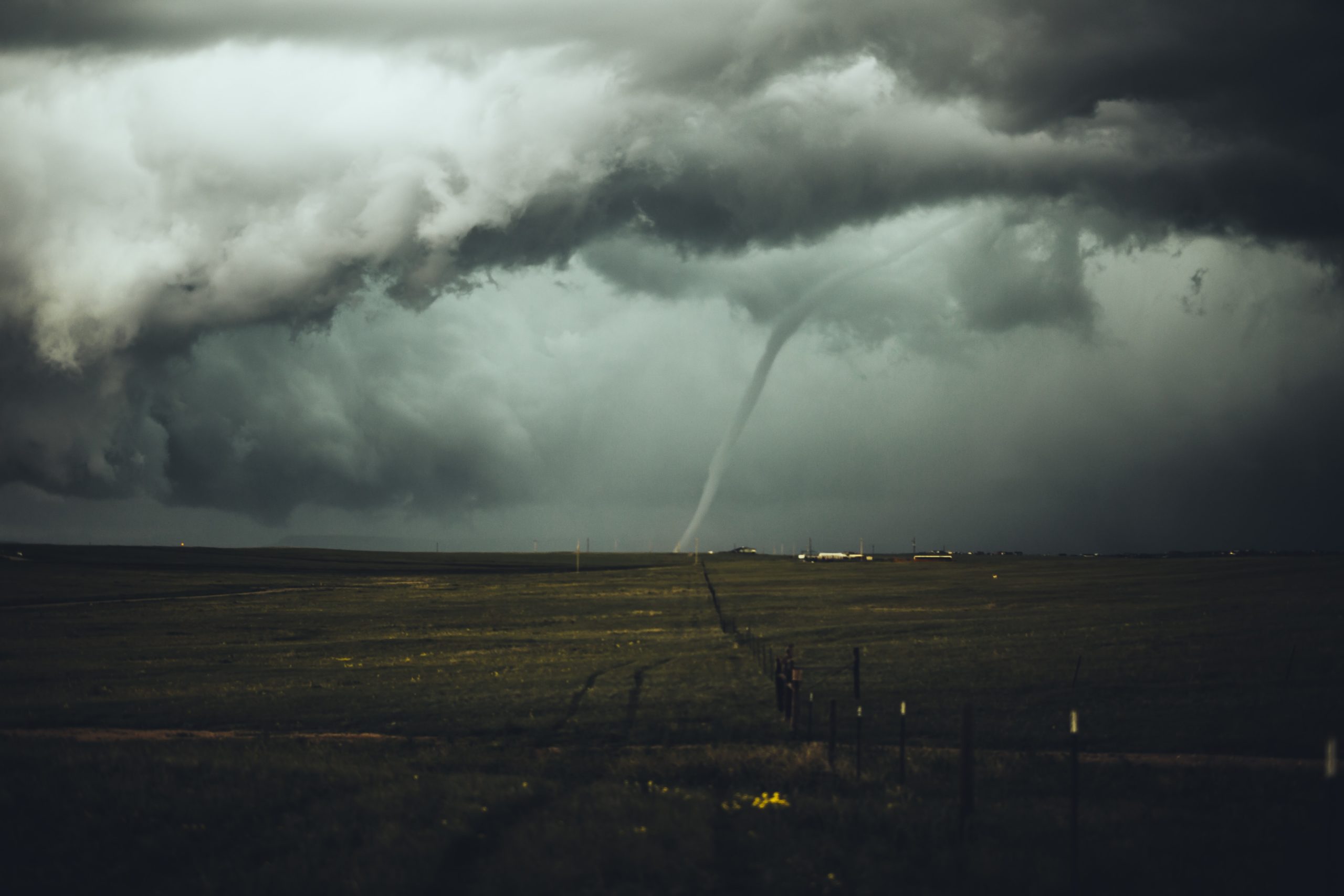Featured Image: The middle zone of the Gerecse Mountains in Hungary via Wikimedia Commons. Public Domain.
Article: Springs regarded as hydraulic features and interpreted in the context of basin-scale groundwater flow
Authors: Tóth, Á., Kovács, S., Kovács, J., & Mádl-Szőnyi, J.
O Fount Bandusia, brighter than crystal,
worthy of sweet wine and flowers,
tomorrow shalt thou be honoured with
a firstling of the flock whose brow,
with horns just budding, foretokens love
and strife. Alas! in vain; for this
offspring of the sportive flock shall
dye thy cool waters with its own red blood.
Thee the fierce season of the blazing
dog-star cannot touch; to bullocks wearied
of the ploughshare and to the roaming flock
thou dost offer gracious coolness.
Thou, too, shalt be numbered among the
far-famed fountains, through the song I
sing of the oak planted o’er the grotto
whence thy babbling waters leap.
Horace (56BC-8BC) Ode 3.13
This ode by the Roman poet Horace is part of a long tradition of art and literature honoring groundwater springs, called ‘founts’ or ‘fountains’ in this translation. It is no wonder why: they can provide high-quality water that continues to flow even in the heat of a Mediterranean summer, “the fierce season of the blazing dog-star,” when surface water is often not available. But where does this water come from? Is it from large underground lakes, as the Romans suspected? Some of the same characteristics Horace names in this poem can help scientists figure this out.
Continue reading “Our enduring fascination with groundwater springs”



